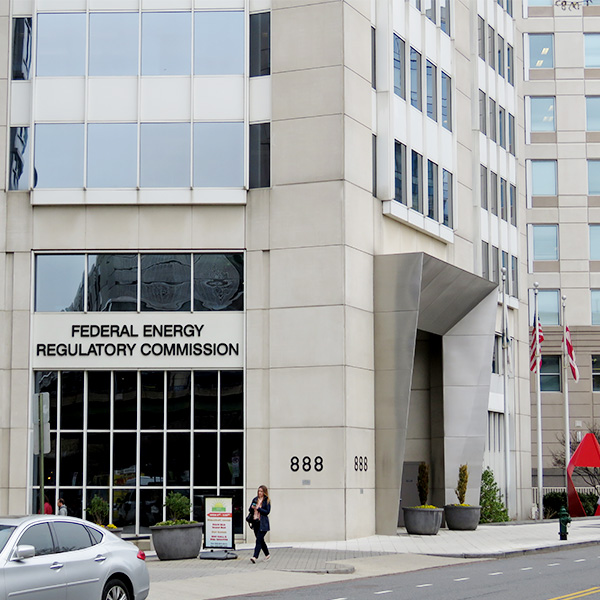energy efficiency (EE)
The Arizona Corporation Commission approved a demand-side management plan for Arizona Public Service that slashed the plan's proposed budget by more than half and eliminated many of its programs.
The California Public Utilities Commission approved a decision to significantly increase to Pacific Gas & Electric’s cost cap for customer energization projects in 2025 and 2026.
IESO officials say they will release more information on how the ISO constructed its study of the potential for incremental energy savings in Toronto after stakeholders complained they lack enough details to comment meaningfully.
IESO will expand its industrial demand-side management program, increasing funding and allowing both larger and smaller participants than currently permitted.
MISO said it no longer will recognize energy efficiency as a capacity resource beginning with the 2026/27 auction.
The Louisiana Public Service Commission abruptly pulled the plug on its long-awaited, statewide energy efficiency program weeks after selecting a contractor to measure savings.
FERC has ordered American Efficient to defend its energy efficiency programs in PJM and MISO or pay a $722 million penalty and return $253 million in profits to ratepayers.
State regulators, policymakers and utilities often argue that market failure justifies energy efficiency programs. Consultant Kenneth Costello disagrees.
The Independent Market Monitor has argued energy efficiency can’t participate as a capacity resource because the load reductions already are accounted for in PJM’s load forecast.
The Department of Energy aims to help cities and states reduce emissions with more than $240 million in grants to promote the adoption of building performance standards
Want more? Advanced Search










